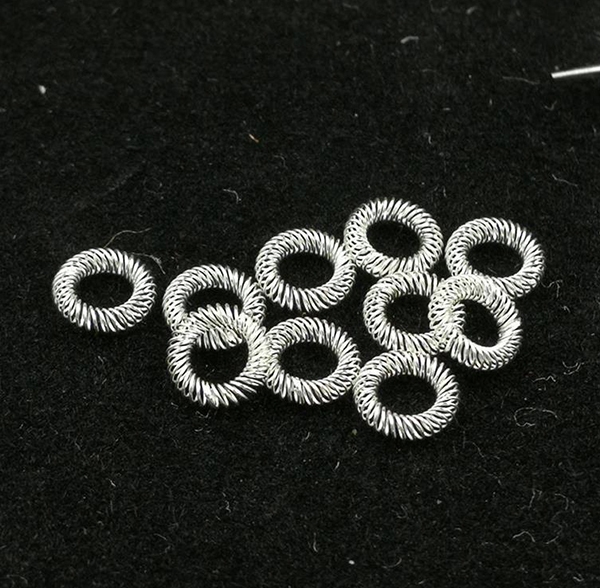A spring is an elastic material that uses the elasticity and properties of the material to deform it. In our daily life, it is used in many places, such as the ballpoint pen we use, which has a small spring as the contraction of the ballpoint pen. The bottom of the elevator is also used for shock absorption, and other machines, instruments and instruments use springs, mainly for shock absorption or vibration, measuring force and so on. There are also many kinds of springs, and spring manufacturers introduce their classification and primary functions.

First, the classification of springs
Springs are a common energy storage component that can be used for shock absorption, clamping, energy storage, and metering. There are many kinds of springs, which can be divided into tension springs, compression springs, change springs and bending springs according to different loads. According to the shape of the spring, it can be divided into coil spring, disc spring, ring spring, disc spring, leaf spring, etc., and according to the material, it can be divided into metal spring, non-metal spring, plastic spring, rubber spring, gas spring, etc.
Spring products are suitable for all kinds of toys, lighting, handbags, leather goods, bags, gifts, handicrafts, stationery, electronic appliances, cameras, fine equipment, various means of transportation, hardware, plastics, electronic weighing, remote control, strollers, bicycles, washing machines, vacuum cleaners, lamps, automobiles, furniture, toys, switches, sockets, water heaters, calculators, watches, igniters, mice, motors, mobile phones, commemorative badges, fans, video discs, etc.
Two. The function of the spring
Spring is a widely used elastic part, with the characteristics of easy deformation and high elasticity. In real life, the primary functions are as follows:
1. Reduce shock and absorb vibration
Spring deformation is used to absorb the energy of collision and vibration, such as cushion springs on vehicles and forging equipment, vibration damping springs in couplings, etc.
2. Manipulate the movement of the organization
The elastic force of the spring is used to maintain the contact between the components to control the movement of the tissue, such as the valve spring of the internal combustion engine, the control spring in the brake, the clutch, the cam mechanism, the governor, the safety spring on the safety valve, etc.
3. Storage and output of power
It is done by using the energy stored when the spring is deformed, such as clock springs, bolt springs, springs in the automatic return device of the tool holder of automatic machine tools, etc.
4. Measure the magnitude of the force
The size of the load is measured by the characteristics that the spring deformation is linearly related to the load it bears, such as the force tester, spring scale, spring in the engine dynamometer, etc.













